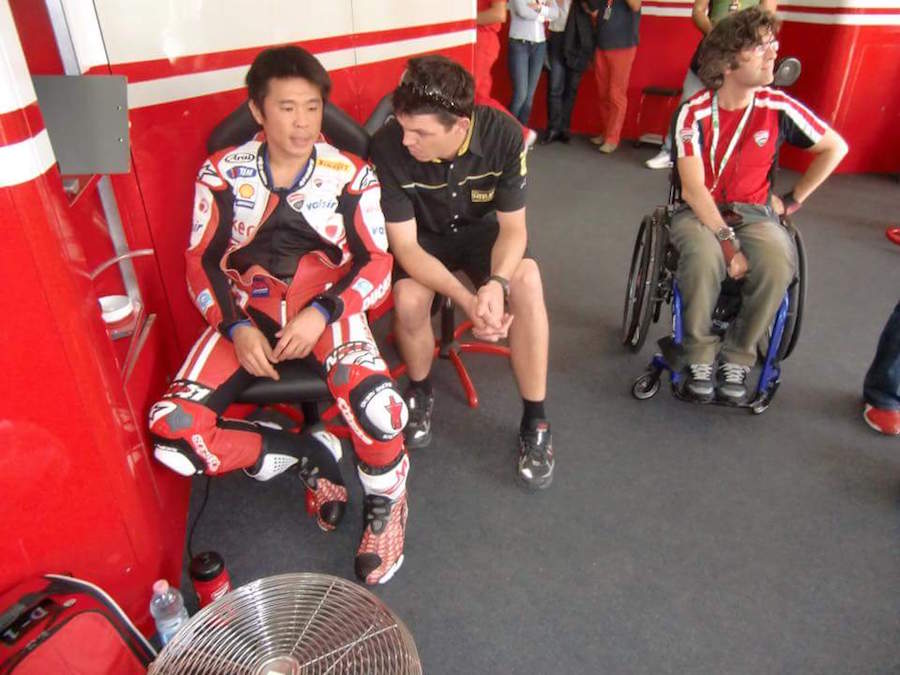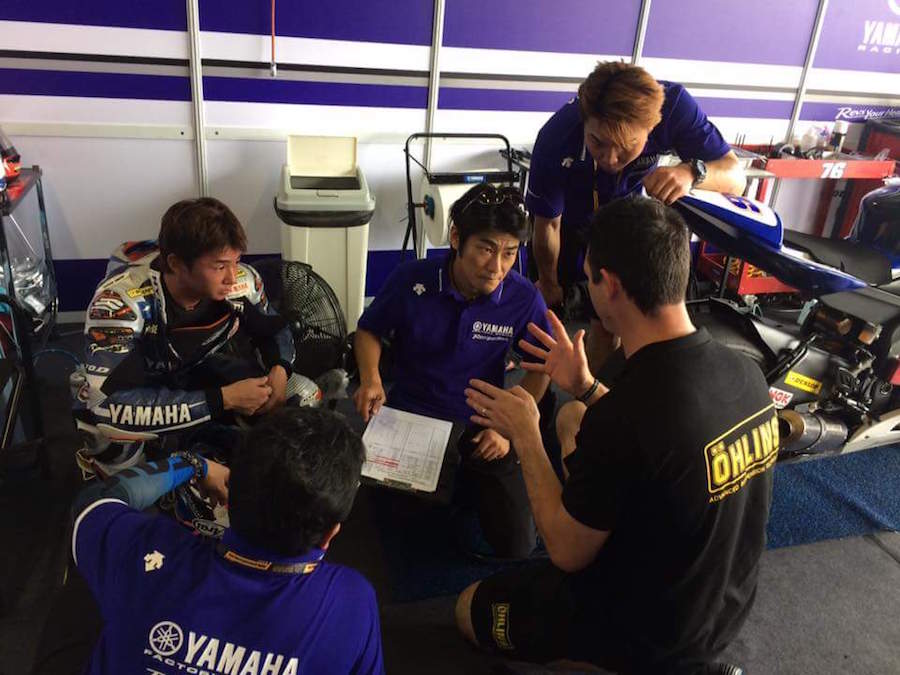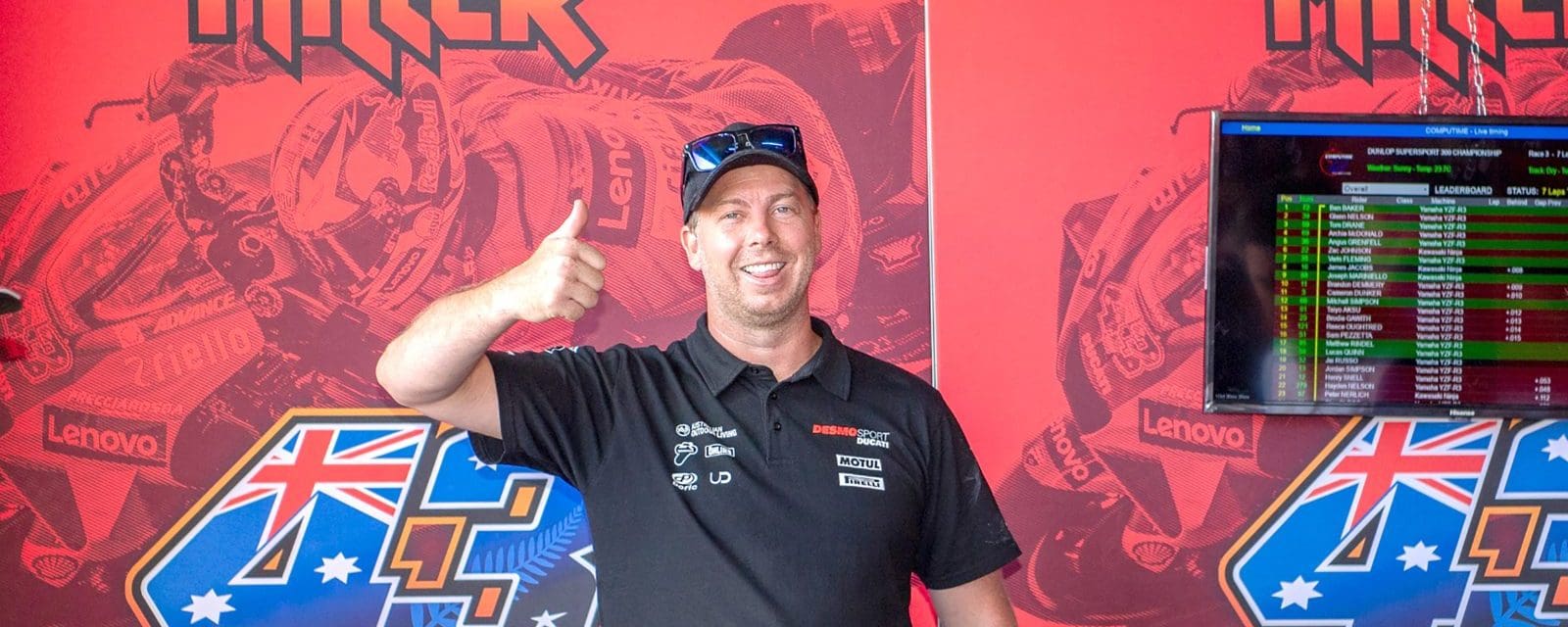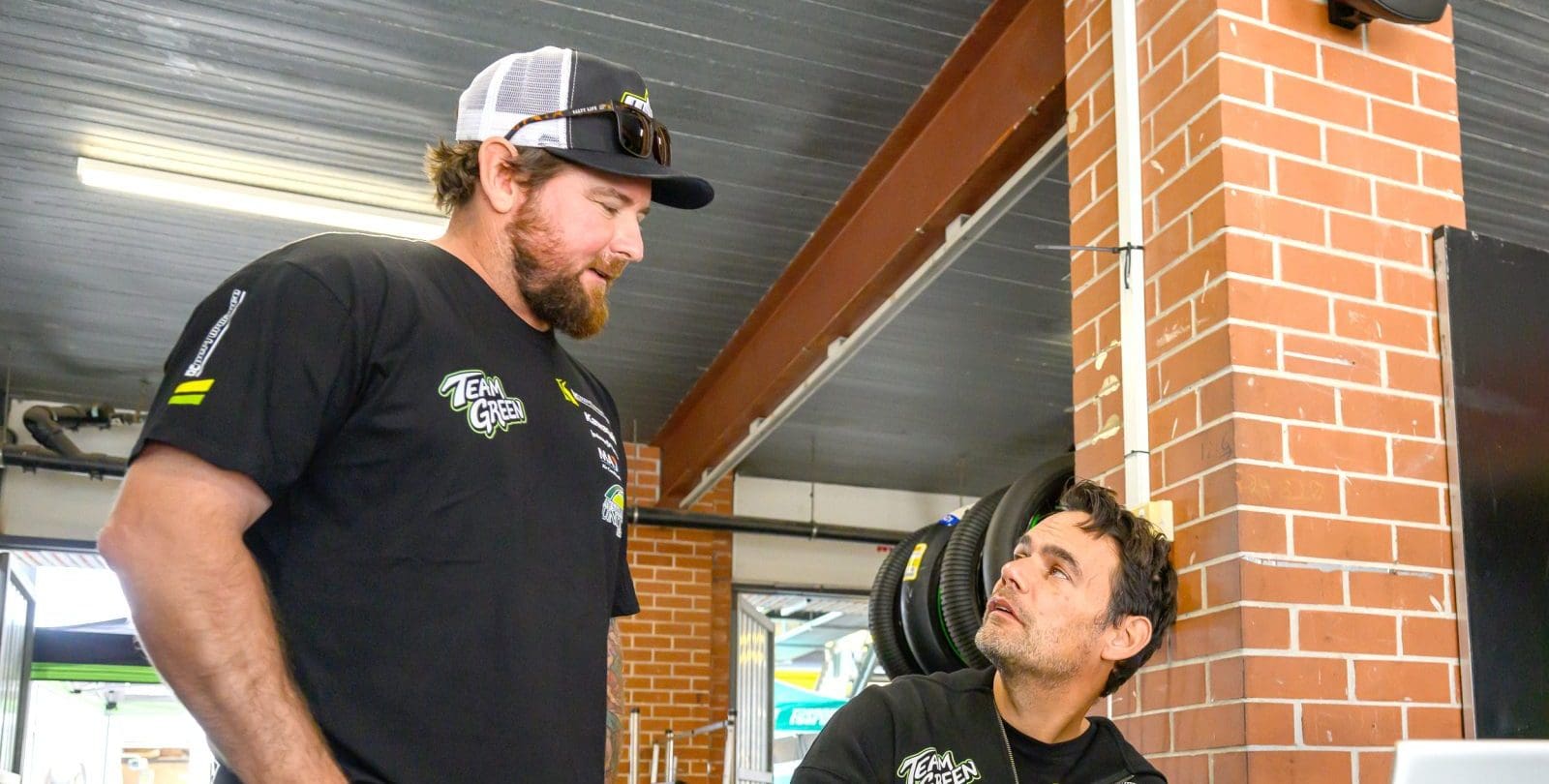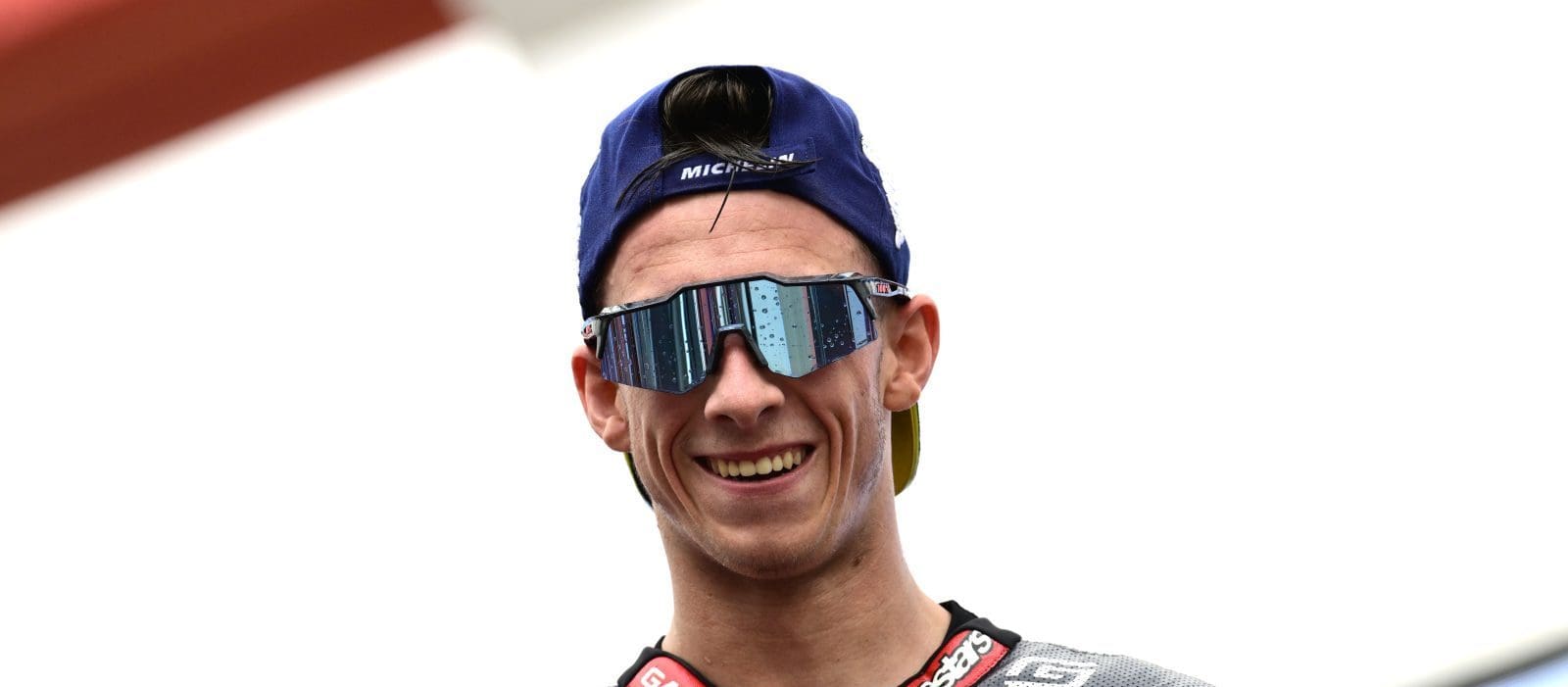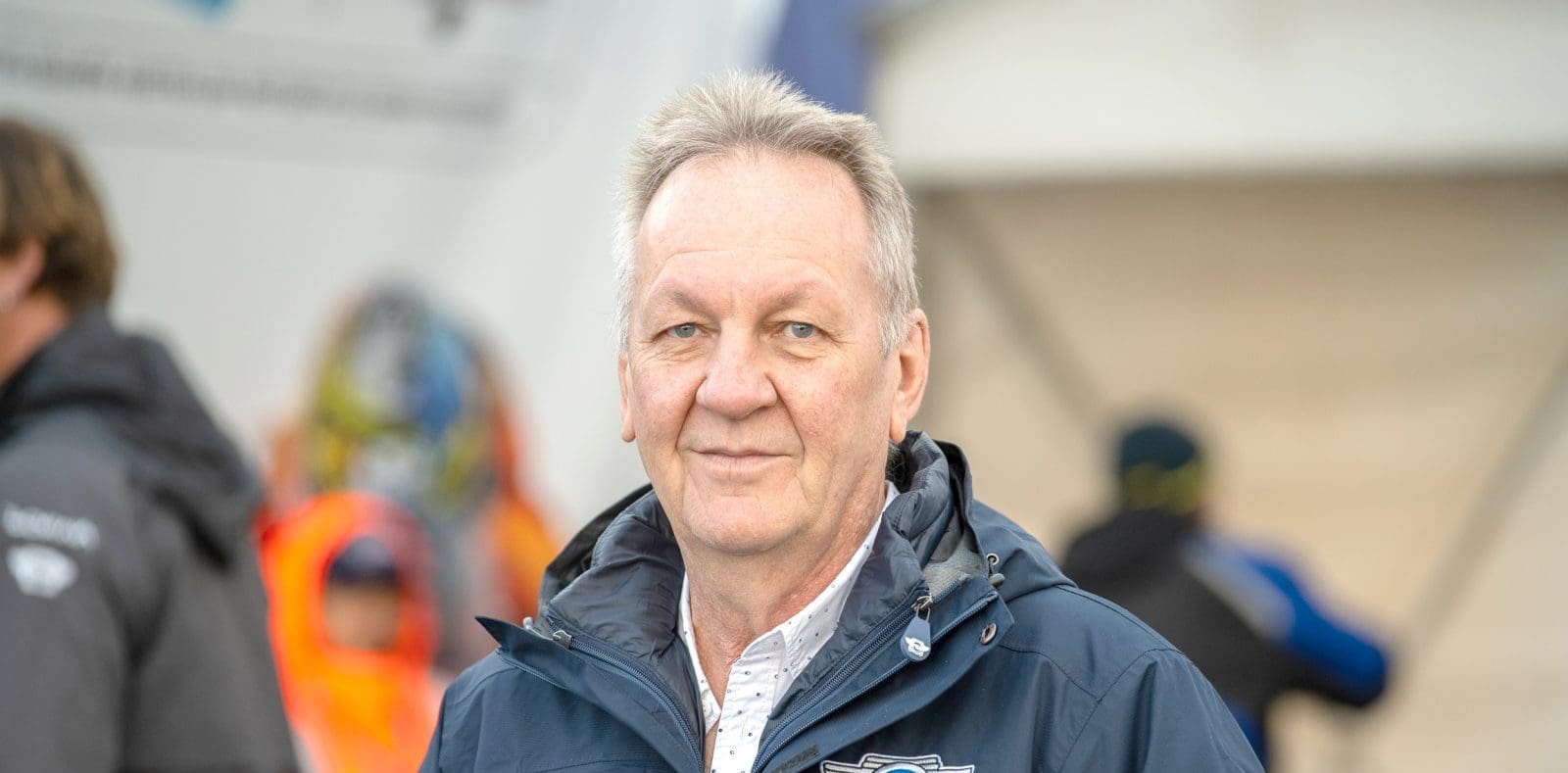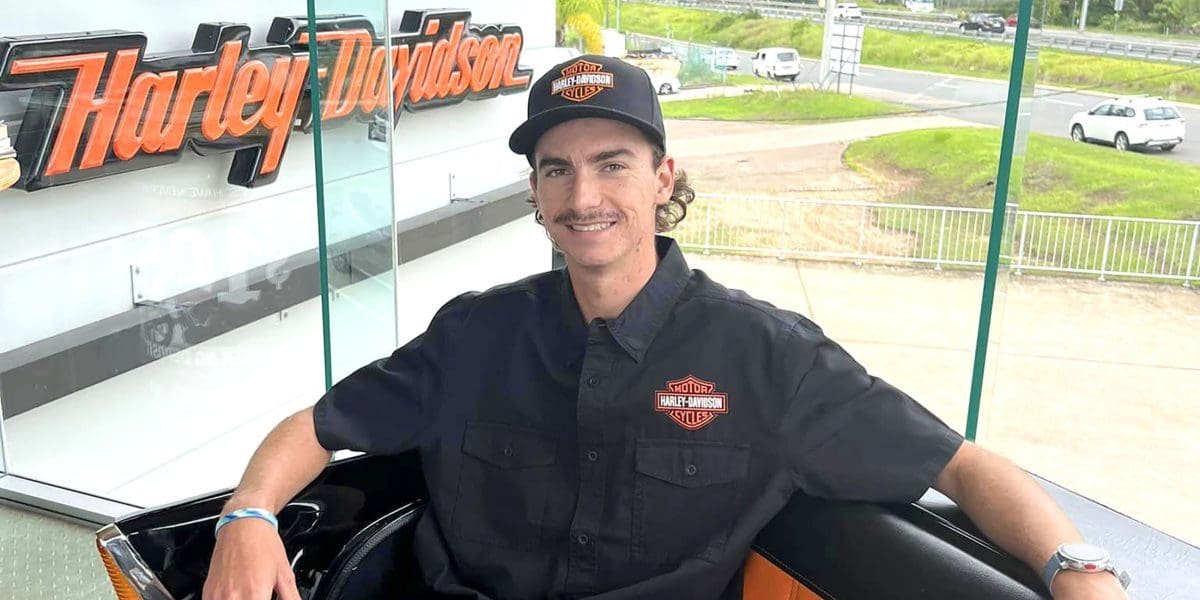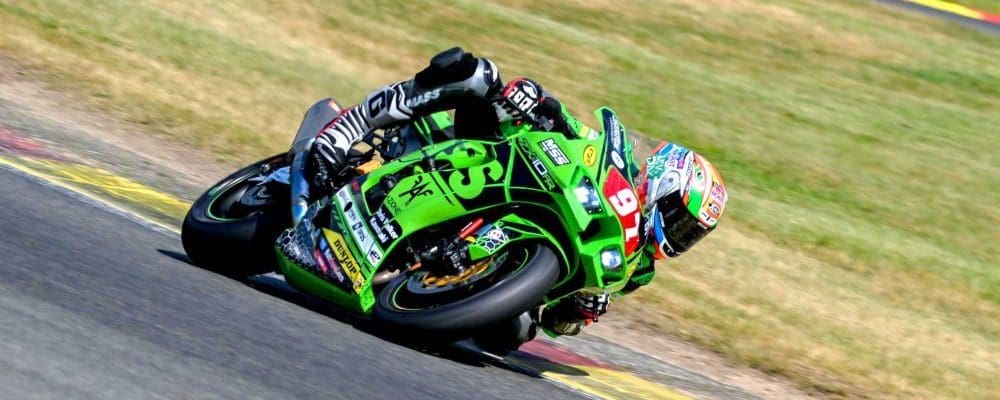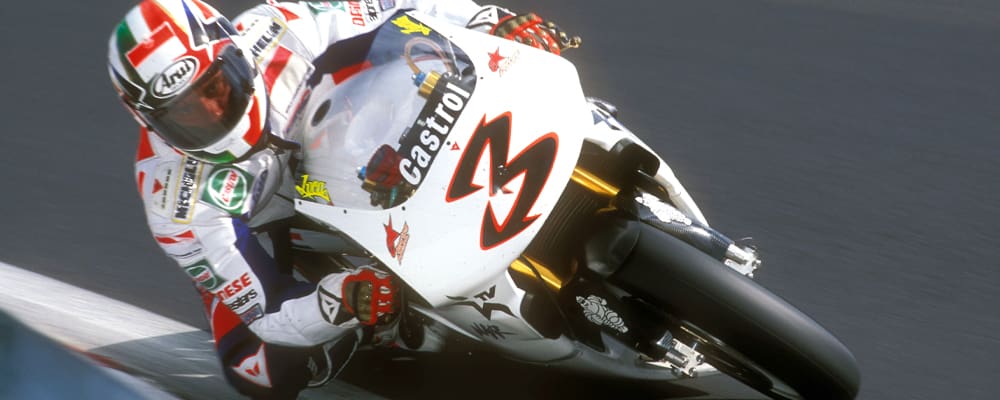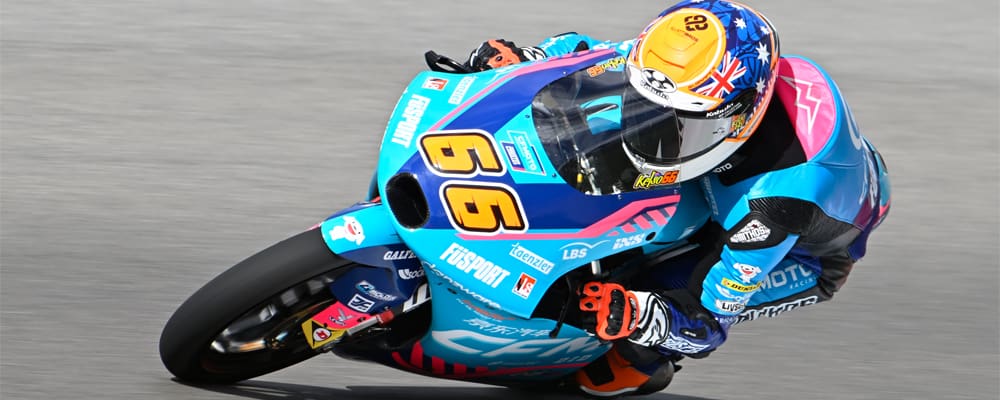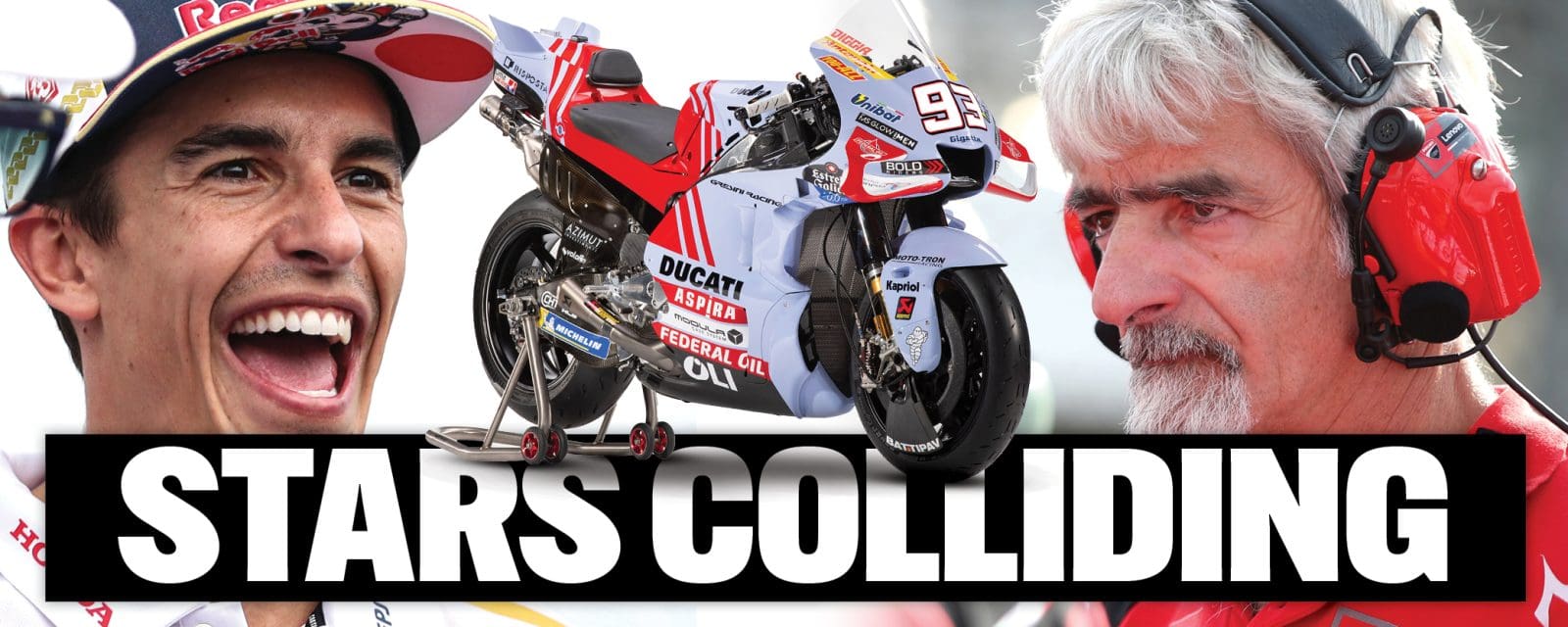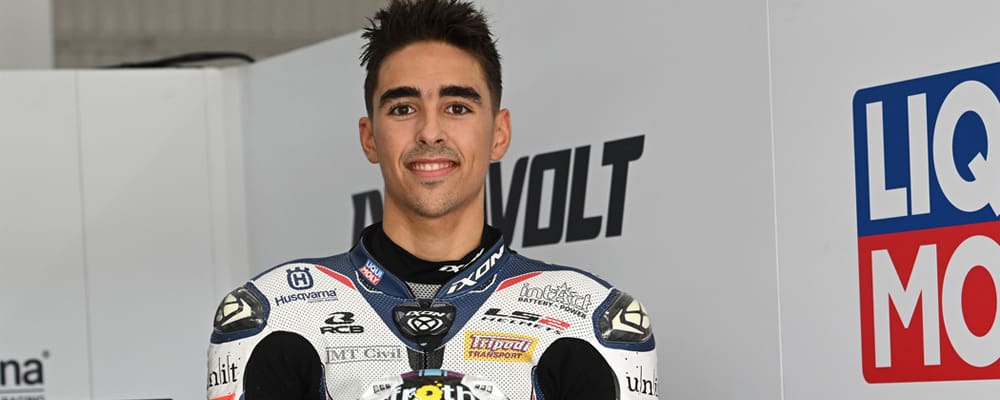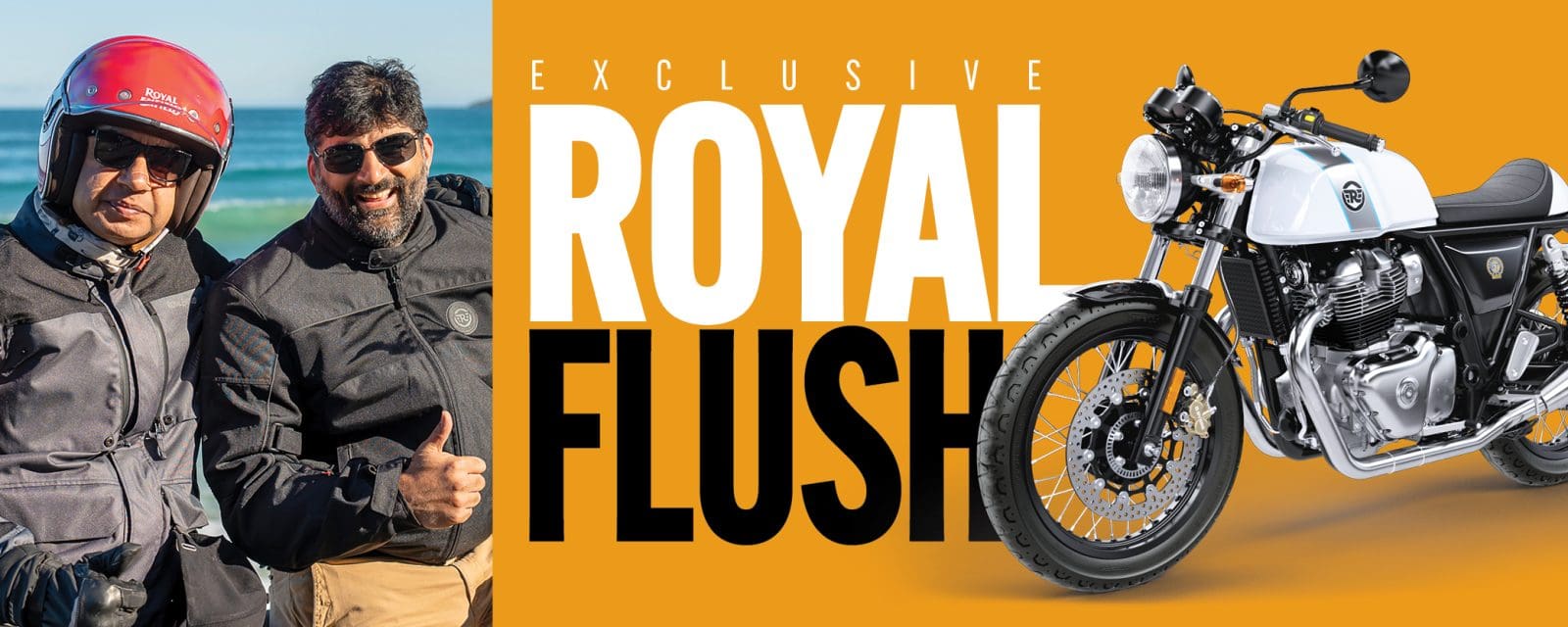How did you get started in your career?
I grew up racing motocross, became a mechanic and worked for motocross teams here in Australia. I went overseas for the Motocross of Nations with one of my riders and wanted to stay in Europe. A contact at Öhlins said they were looking for a suspension technician to work in 125GP so I went to Stockholm to meet them, only to be told the position didn’t exist anymore!
They did have an opening in World Superbike at the factory Ducati team, however, so right after I finished pooping my pants and getting myself together, I started preparing for the season with Ducati.
The first guys I worked with were James Toseland and Régis Laconi [number one and two the previous season]. The following year, Troy Bayliss came back from MotoGP and did the job for the season, winning the title. We were also looking after Lorenzo Lanzi.
I ended up continuing with Ducati for the next six years.Before Ducati withdrew their factory effort from World Superbike, I worked with Michel Fabrizio and Noriyuki Haga. The following two years were with BMW, first with Troy Corser and Leon Haslam and then Marco Melandri.
Are there any stand-out moments or favourite people that you worked with over the years?
We had some good times racing but none is a favourite, really. I enjoyed them all.
Obviously, working with Bayliss was a highlight. I think that Troy taught me the most about what it means to be a real die-hard rider.
Working with Noriyuki Haga at Ducati was also interesting, and as it turns out I am back working with him in the Asian Road Racing Championship, with Yamaha.

How did the job with Öhlins come about?
My wife and I already had one child, and in that last season she had just given birth to twins. The plan was for me to stay at home a little more, but the bug of going to races just wouldn’t give up. So I took care of Suzuki’s MotoGP team during testing before they came back full-time.
After that I ended up in the Öhlins factory laboratory as a liaison between racing and production, with a focus on keeping a strong relationship between Öhlins and the teams we supplied. I was also responsible for supplying our dealer network around the world with more up-to-date education and training; the better we informed customers of our product, the better results they had on track.
Did you always have plans to move back to Australia?
No! I had been in the product specialist role for about a year, and I knew they wanted someone quite permanent. But a year and a half into it, I woke up one morning and thought, ‘It’s time to go home’.
I wanted my family in Australia to know our kids, and my wife (who is Swedish) was really keen for them to grow up in Australia. It was just the right time to move.
Öhlins were going through a few changes in how they do things, so we were able to work out an arrangement where I would look after sales and business development here, because traditionally Australia isn’t a country where there has been a lot of direct factory involvement.
What sort of changes can Aussies expect from Öhlins in the coming year?
Öhlins as a company has identified the need to have a person on the ground here in Australia to assist in supporting the brand and growing our sales and service network. There are many avenues I can assist in achieving this because of my broad knowledge of the products we sell and the different disciplines I’ve worked in within the industry. The main thing though is the increase in resources for education and support. We want to provide better support for the techs and customers that are using our products. I’ve already checked out a round of the ASBK to scope out ways of doing that.
Interview Matt O’Connell
- Byron Draper has spent over a decade guiding numerous World Superbike champions
